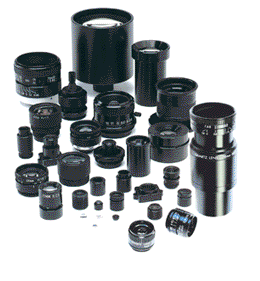High resolution lenses for machine vision — standard and custom lens design
Medical Diagnostic Devices Provide Quick, Meaningful Information
High Resolution Lenses for machine vision, instrumentation, inspection and vibration-sensitive applications. Standard and custom hi-res lens assemblies.

Medical Diagnostic
In the realm of the medical diagnostic field, the devices utilized allow physicians the information they need to make a fast, reliable diagnosis. Accuracy and efficiency as well as ease of use are traits prized by those in the medical profession when dealing with patients. The medical diagnostic equipmen6t also needs to work properly and consistently in order to provide accurate information to the physicians that are used in formulating medical treatment plans.
There are specific health issues that require the use of unique equipment and specialized solutions and medical diagnostic devices bridge the divide of age, sex, trauma and disease and provide insights that allow the doctor to tailor the treatment. In the field of pediatrics, the doctors are relying heavily on equipment that provides a high level of definition for scanning, diagnosing and tracking of birth defects. The medical equipment allows the doctors to make these decisions before the child is born which provides the parents treatment options to address the defect prior to birth.
Nurses and doctors use medical diagnostic devices as a way to trace, monitor and prescribe treatments for patients that suffer diseases that are specific to sex. Cancer research and insights into the treatment and prevention of heart disease have progressed rapidly because of the scanning methods available to the physicians. The diagnostic technology is particularly useful for emergency medical technicians as they treat trauma victims at the scene of an accident.
Patients, too, are embracing the technology because it provides them an opportunity to view the images in real time and have their physicians explain what they are seeing, how it will impact a treatment plan, and opens the lines of dialogue. Patients diagnosed with disabilities or terminal illnesses may have access to the diagnostic equipment in their homes so they can monitor their conditions; this cuts down on frequent trips to the healthcare facility and allows them to take a more active role in their treatment and quality of life.
Technology on medical diagnostic and imaging devices continues to rapidly evolve leading to equipment that is smaller, lighter and even more efficient than its counterparts. For a physician, the ability to have almost immediate access to results allows them to more quickly formulate a treatment plan and get the patient on the road to recovery.